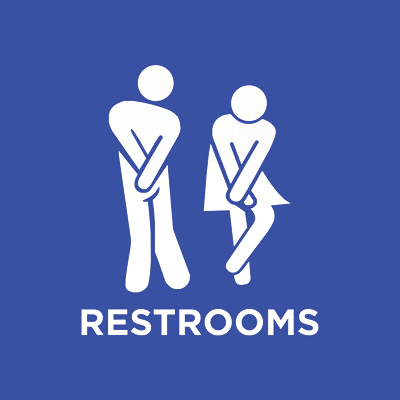Vitality eNews Sign Up
Receive the Summa Health eNewsletter for the latest health tips, advice and updates.
Overactive bladder? Find the urge to talk to your doctor and get relief
Posted November 15, 2021 by Naveen K Arora, MD

Find yourself rushing to the bathroom in an emergency more than usual? So much so that it’s actually interfering with your daily life? If you answered yes, you might be suffering from an overactive bladder, or OAB.
OAB causes the sudden, hard-to-control urge to urinate that cannot be ignored. At times, you may even leak urine, known as incontinence. It occurs when the bladder senses it is full prematurely and communicates to the brain that it’s time to go.
According to the American Urological Association, OAB is a common condition that affects about 33 million Americans. Though it’s not a serious condition in most cases, OAB can be unpredictable and cause embarrassment, stress and inconvenience. Therefore, it can interfere with social activities, work, intimacy and a good night’s rest.
That’s why it’s so important to find the urge to discuss it with your doctor at the first sign of symptoms. Most cases can be successfully managed or even cured with treatment. Read on to educate yourself about OAB so you can take control of your condition — instead of it controlling you.
What causes OAB?
Though OAB can occur at any age, your chances increase as you age. It’s not a normal part of aging, however, so you shouldn’t ignore the symptoms.
Different factors and conditions can cause OAB, including:
- Side effects from certain medications.
- Hormonal changes during menopause.
- Pelvic floor muscle weakness or spasms.
- An enlarged prostate or other blockage.
- Excessive consumption of bladder irritants, such as coffee, caffeine, carbonated drinks or alcohol.
- Neurological conditions, such as Parkinson’s disease or multiple sclerosis.
What should I do if I experience symptoms?
It’s important to see your doctor if you have OAB symptoms to rule out other underlying conditions, such as bladder cancer and neurologic disorders. Plus, your doctor can help you manage the condition so you can quickly get back to life.
Typical symptoms of OAB include:
- An intense, uncontrollable urgency to urinate.
- Urinating more than eight times in 24 hours. However, urinating frequency can vary from person to person.
- Waking up more than once at night to urinate.
- Incontinence, or leaking urine.
- Pain while urinating.
How can I control OAB?
Typically, the first line of treatment for OAB is behavioral changes and at-home exercises.
Losing weight and limiting your fluid intake before bedtime or activities that last several hours, such as a movie or conference calls, can help. In addition, try these tips:
- Don’t take “just-in-case” pee breaks.
- Limit consumption of bladder irritants.
- Keep a bladder diary to record how much and how often you pee, so you can pinpoint triggers that make symptoms worse.
- Try training your bladder by holding your urine for longer and longer periods of time in between bathroom breaks.
- After going to the bathroom, wait a few seconds and then try again to ensure you fully empty your bladder. This is known as double voiding.
- Set a schedule during the day for bathroom breaks about every 2 to 4 hours, instead of going when you feel the urge, to help prevent emergencies and regain control.
In addition, strengthening your core muscles and doing regular Kegel exercises can help strengthen pelvic floor muscles and improve bladder control. Make time each day to tighten and hold your pelvic floor muscles. In addition, when you feel the urge, do quick Kegel squeezes over and over again to help control that “gotta go” feeling.
What if at-home treatments don’t work?
If behavioral changes don’t work, additional treatments are available. Your doctor may prescribe medication to help control your bladder by relaxing the muscles. Physical therapy also can help if your OAB is due to pelvic floor muscle problems.
In some cases, a Botox injection can be used to paralyze your bladder muscles. The results can last for up to a year or surgery is an option for a more permanent solution. For example, surgeons can perform nerve stimulation, where they implant a wire that transmits electrical pulses to stop your bladder from contracting.
You don’t have to live with an OAB. Talk to your doctor about symptoms and get the treatment you need so you can get back to life — without the worry of leakage or bathroom emergencies.

